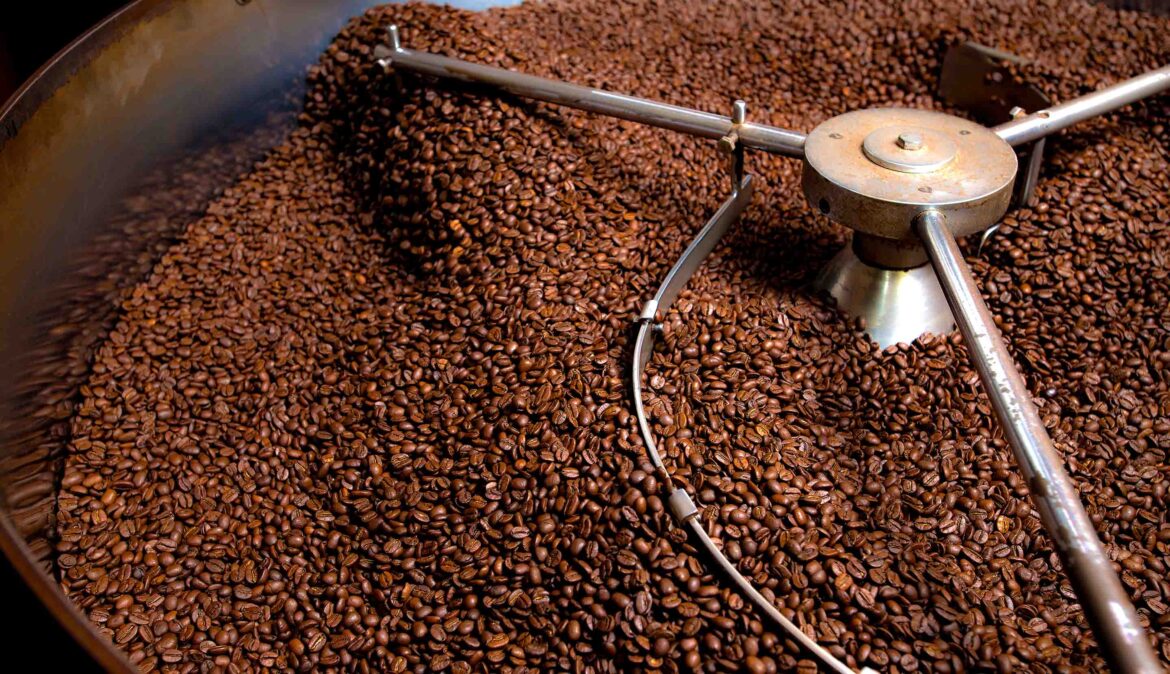Understanding Coffee Growing Regions: A Journey Through the World’s Best Brews
Coffee is not just a beverage; it’s an experience, a ritual, and for many, an indispensable part of the day. The taste, aroma, and overall quality of coffee are profoundly influenced by where it’s grown. In our pursuit of the perfect brew, understanding coffee growing regions becomes paramount. So, buckle up as we take you on a flavorful journey through the world’s best coffee-producing areas.
The Factors that Influence Coffee Quality
Before delving into specifics, it’s essential to grasp what makes different regions unique. Several factors contribute to the quality of coffee produced in any given area:
- Climate: Coffee thrives in tropical climates, ideally between the Tropics of Cancer and Capricorn.
- Altitude: Higher altitudes offer cooler temperatures, which slow the ripening of coffee cherries, leading to denser beans with complex flavors.
- Soil Composition: Rich, volcanic soil often enriches the coffee plants with nutrients, enhancing their flavor profiles.
- Microclimates: Local environmental conditions, such as sunlight, rainfall, and wind patterns, affect the growth and flavor of coffee.
Major Coffee Growing Regions
Understanding Coffee Growing Regions: A Journey Through the World’s Best Brews would not be complete without exploring the specific regions that produce remarkable coffee. Here’s a look at some of the most famous growing areas:
1. South America: Colombia and Brazil
Brazil is the world’s largest coffee producer, with an extensive range of flavors characterized by its nutty and chocolatey notes. On the other hand, Colombian coffee is recognized for its well-balanced flavor profile, often featuring bright acidity and sweet undertones. Both countries benefit from varied altitudes and microclimates, leading to diverse offerings.
2. Central America: Guatemala and Costa Rica
Guatemalan coffee is celebrated for its full-bodied richness, with tasting notes that often include chocolate and spice, thanks to the country’s volcanic soil. Costa Rica, on the other hand, is known for its high-quality Arabica beans, which tend to have a bright acidity and vibrant flavors due to the ideal growing conditions found at higher altitudes.
3. Africa: Ethiopia and Kenya
Ethiopia is the birthplace of coffee and is known for its diverse flavors, ranging from floral to fruity. Ethiopian beans are often characterized by their unique, wine-like qualities. Kenya, meanwhile, produces coffee that’s famous for its bold acidity and berry-like flavors. The higher elevations and rich soils contribute to the exceptional quality of Kenyan coffee.
4. Asia: Indonesia and Vietnam
Indonesia, particularly the island of Sumatra, is noted for its earthy and herbal coffee. The wet-processing methods often result in low acidity and a full-bodied brew. Vietnam, primarily known for its Robusta beans, offers a stronger and more bitter flavor profile. However, Vietnamese coffee culture also embraces unique preparation methods that enhance the experience.
Tasting and Brewing Your Coffee
Once you select your coffee region of choice, the fun begins with tasting and brewing. Here are a few tips to get the most out of your coffee:
- Use Fresh Beans: Always buy whole beans and grind them just before brewing for maximum freshness.
- Experiment with Brewing Methods: From drip to French press to espresso, different methods can highlight various attributes of your chosen coffee.
- Pay Attention to Water Quality: Good quality water can significantly impact the flavor of your coffee. Use filtered water for the best results.
- Mind the Temperature: Brewing coffee between 195°F and 205°F optimizes extraction and flavor.
FAQs About Coffee Growing Regions
Q1: What is the most popular coffee-growing region?
While South America holds a significant position due to Brazil and Colombia, Africa is becoming increasingly popular, especially due to the complexity of Ethiopian coffee.
Q2: Does the growing region affect the price of coffee?
Absolutely! Factors involving altitude, soil quality, and farming practices can significantly influence the cost. Specialty coffees from higher altitudes or unique growing conditions typically come at a premium.
Q3: Are there certifications for coffee quality?
Yes, many certifications signify the quality of coffee, such as Fair Trade, Organic, and Rainforest Alliance, ensuring that coffee meets particular environmental and social standards.
Q4: How can I tell the quality of coffee beans?
Quality beans are often uniform in size and color, have a pleasant aroma, and exhibit a good balance of acidity and sweetness. The coffee’s origin often provides insight into its potential quality.
Conclusion
Embarking on the journey of understanding coffee growing regions is not just about appreciating a beverage; it’s about honoring the work of the farmers and the unique conditions that produce each delightful cup. As we explore the world’s best brews, we uncover a rich tapestry of flavors and history that informs our coffee choices. Next time you enjoy a sip, take a moment to think about where it came from and the journey it took to reach your cup. Understanding Coffee Growing Regions: A Journey Through the World’s Best Brews is truly a gateway into a deeper appreciation of one of the world’s most beloved drinks. Cheers to your next cup!


